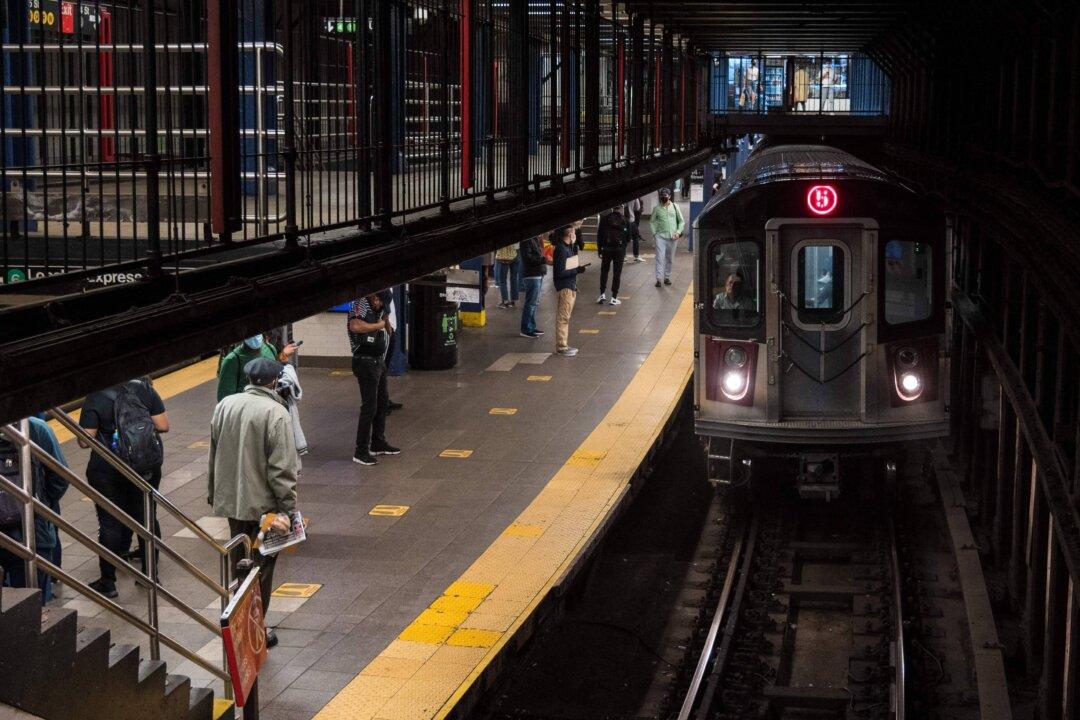More than half of New York residents feel unsafe riding the city’s subway alone at night, while 1 in 4 feel that way during daytime hours, according to a survey.
The survey was conducted in January and February among 1,000 adult New York residents by Opinium, a consumer and political research outfit.





